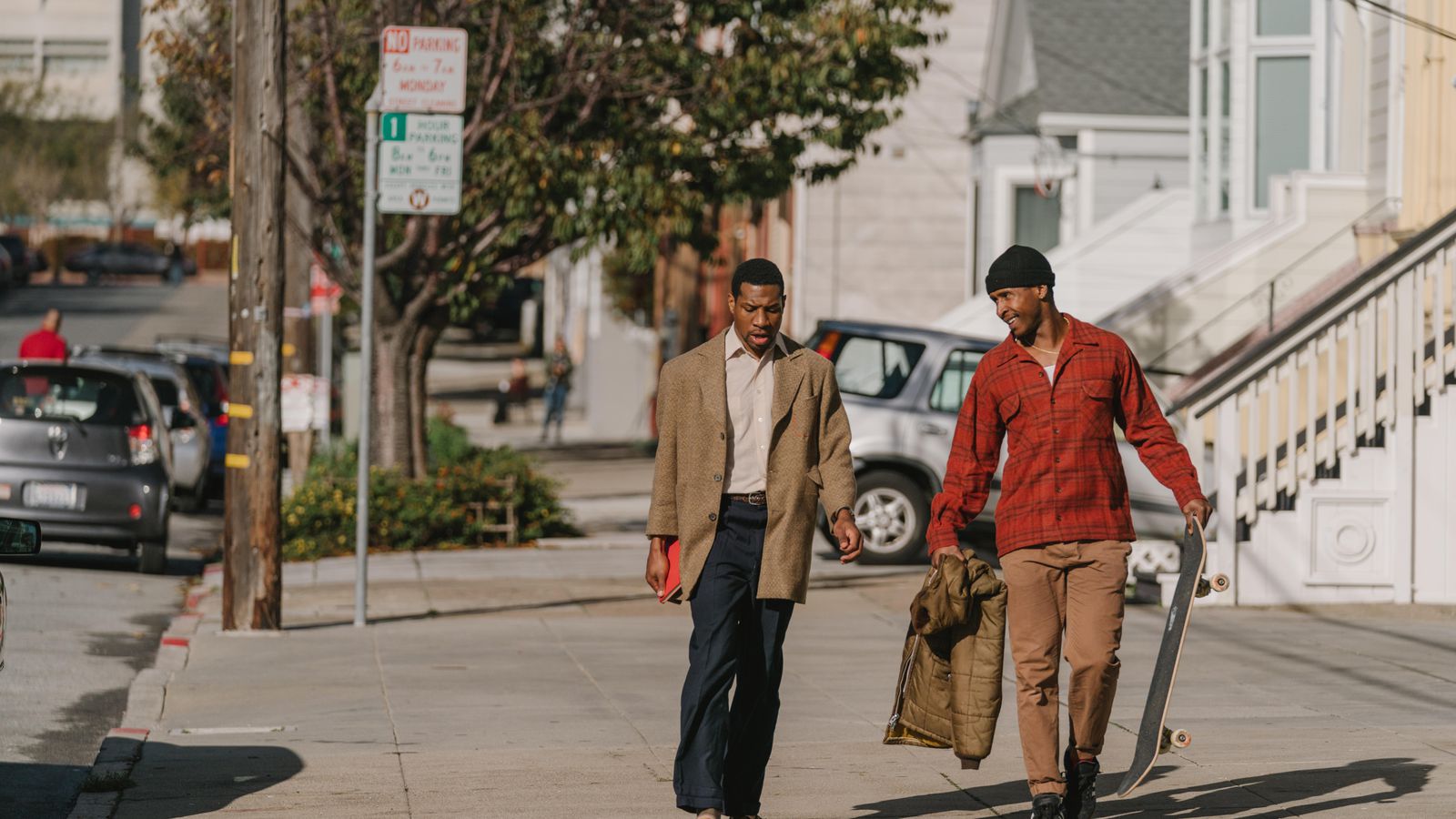The Last Black Man in San Francisco (2019, Dir. Joe Talbot):
We’re S.F. natives. The movie isn’t some hateful diatribe against people coming in — we’re just angry we no longer get to have the city that inspired us and nurtured us, you know?
— Jimmie Fails
Most films about the African-American experience speak loud and proud, and The Last Black Man in San Francisco begins on that note. The first image is of a young black girl staring into the face of a white man in a hazmat suit, and its first sounds are the declamatory tones of a street preacher decrying the foul, polluted conditions of the predominantly African-American hood of Hunters Point, perched just outside the prosperous districts of San Francisco.
But that opening turns out to be a feint, as the camera soon settles upon the unlikely stars of our story, Jimmie (Jimmie Fails) and Monty (Jonathan Majors), who are anything but loud. Conversing in half-mumbles, they are of the hood and distanced from it, forever aimless and on the go. As the duo skateboard their way downtown, the entire city drifts before their eyes: ethnic neighborhoods, street crazies and singers, quizzical hipsters. In place of slamming hip-hop rhythms and aggressive edits are free-flowing, dreamy tableaux and a yearning orchestral score.
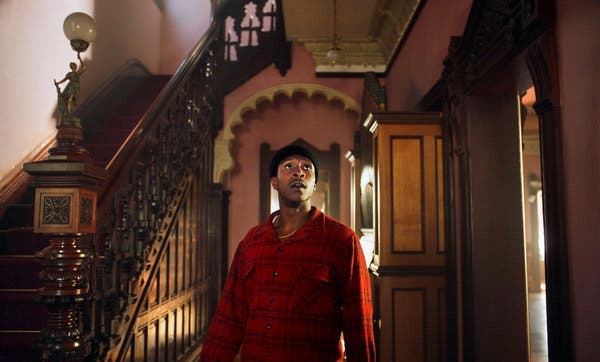
All these things signal that The Last Black Man in San Francisco is something different: a meditation rather than a provocation, an aria instead of a call to arms. Fails (who devised the semi-autobiographical story) and his childhood friend, director Joe Talbot, lay everything out in deceptively simple strokes. Long abandoned by his parents and lacking any friends besides Monty, Jimmie has left his heart in San Francisco — his old family house in the Fillmore district, to be precise — and takes to renovating the home’s exterior when its present occupants aren’t around. (When they are, he gets pelted with croissants for his troubles.) Still, nothing will halt his devotion to the old place; as the local street preacher proclaims, “We built these homes! We are these homes!” Jimmie is even more succinct: “These people are killing our house,” he mutters.
When a twist of fate results in the house being abandoned, Jimmie is all too happy to invade and reclaim the property even as San Francisco gentrifies around him. At one point a snooty tour guide shows up on a Segway to proclaim that the house was built in the 1850s. Jimmie insists that his grandfather built it with his own two hands in 1946. “Even that front gate to keep you all the fuck out,” he adds, not unkindly.
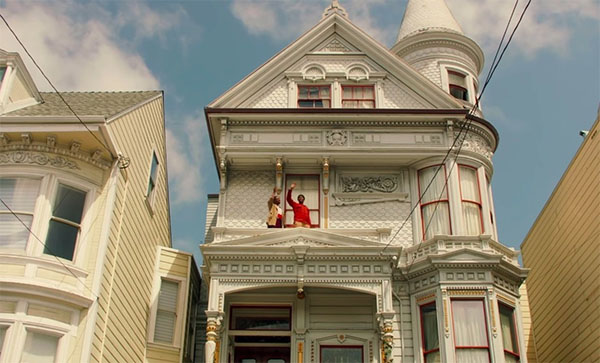
Jimmie and Monty’s efforts to resuscitate the house (and avoid getting thrown out) form Last Black Man‘s nominal plot, but the film’s heart lies with the odd couple and their ever-shifting relationship with the city that birthed them. His skateboard always at the ready, his knit cap jammed tight over his head, Jimmie has the willful dreaminess of a kid who never quite grew up. Fresh off living in group homes and sleeping in friends’ cars, his old homestead is a locus of hopes and angst, and a reminder of happier childhood times when he had a family. (Like kids, he and Monty tear around their new home screaming, when they’re not camping out in random rooms.) The house is an apt metaphor of the African-American experience in San Francisco: once entrenched in the community, now abandoned.
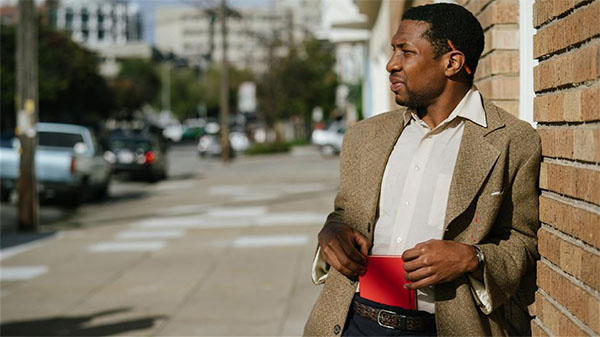
Documenting Jimmie’s emotional odyssey every step of the way is Monty, touchingly portrayed by Majors with the air of an addled professor. Draped in a suit jacket resembling a tailored sack of potatoes, immersed in his urban sketches and notes, Monty is a tentative chronicler of San Francisco’s history, especially when he and his blind father (Danny Glover) hunker down with Jimmie to watch classic Bay Area flicks like Edmund O’Brien’s D.O.A. As the narrative unfolds, the young men’s paths cross with denizens of every stripe, all of whom personify the new City: the shit-talking homies in the hood who represent a dead-end life neither of them have quite fallen into, elderly and ornery neighbors who look upon them with suspicion, sympathetic relatives, nonplussed nudists, spoiled young professionals, opportunistic real estate agents. None of these groups can relate to one another, but they’re all united in their disaffection and yearning for a sense of belonging.
Thematically, The Last Black Man in San Francisco plays out along tidy, almost theatrical lines — indeed, the third act climaxes with an electrically staged performance by Monty that ties a bow on the story’s cultural and political underpinnings. But in its insistence on the poetic rather than the polemical, the film achieves a unique head space of its own. Talbot’s camerawork — sometimes delicate, sometimes confrontational, always mesmerizing — is a character in itself, roaming and circling around his principals, finding sneaky bits of humor and melancholy within the frame. These characters may be disenfranchised, but they’re still capable of stumbling upon magic in the everyday world, and the unassuming, burnished cinematography is a perfect match for the movie’s ruminative mood.
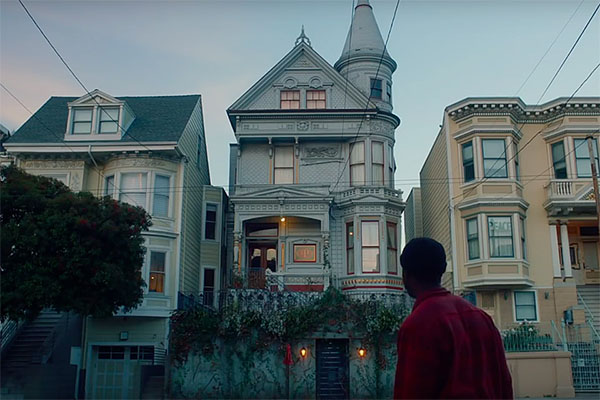
“If you leave, it’s not your loss, it’s San Francisco’s. Fuck San Francisco.”
Above all, the film stays on the wavelength of its unapologetically intellectual heroes. Drunk on Dickens, Langston Hughes, and Verdi, Jimmie and Monty make for bemused, untethered observers of their own condition, even as their obsessions protect and isolate them from their peers. To their Hunters Point compatriots, including Kofi (Jamal Trulove), Jimmie’s former childhood buddy, the two of them are bizarre figures of fun, particularly when Monty attempts to break up a gang fight by imploring, “Remember your Stanislavski and Brecht!” As Kofi see-saws between admiration and disgust for Jimmie, we witness the push-pull between being true to the gang life and finding a different path, especially in one of the movie’s most striking scenes, in which Kofi’s peeps bombard him with insults as a tribal rite of passage. As James Brown once sang, they’re talking loud and saying nothing, but instead of funk, the scene is underscored with Joni Mitchell’s mournful “Blue,” the collision of music and image evoking emotions Kofi cannot express himself.
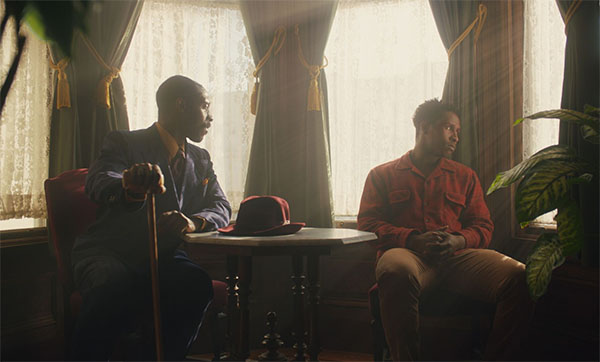
Behind Jimmie and Monty’s eccentric hijinks, moments of righteous anger and quiet heartbreak abound, including an encounter between Jimmie and his deadbeat dad (Rob Morgan, oozing with defiance and resentment), a desperate meeting between Jimmie and a bank loan officer in which the young man practically begs to be taken advantage of, and an unexpected death that leads to some heavy revelations. In this world, Scott McKenzie’s sentimental ditty “Are You Going to San Francisco” has been reimagined as a hushed dirge, underlining a dream that has become an elegy.
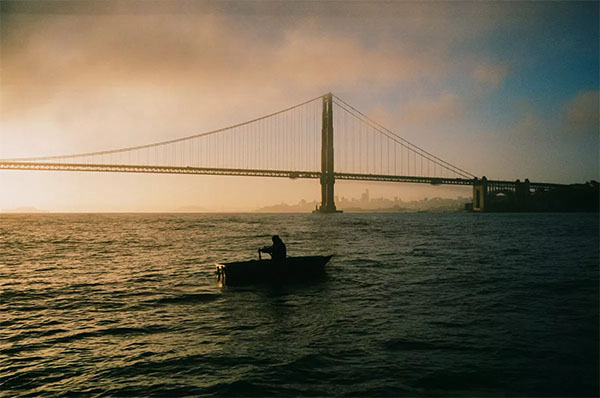
“The world put him in a box and he never pushed beyond it,” Monty says of a character who meets an untimely end, and Jimmie ends up boxed in as well, his fixation on his family home becoming a retreat into a vision of the past that might never have been. By the conclusion of The Last Black Man in San Francisco, hard-won truths are acknowledged, delusions are upended, and options diminish rapidly: one can either live in the dreary now, or flee towards an uncertain future. People come and go, but personal ties to a city, whether real or imagined, persist; the film’s denouement finds beauty and sadness in that fact. Overhearing two young women declare that they hate the city, Jimmie confronts them, more mournful than contentious: “You don’t get to hate it unless you love it.” With a final image out of Winslow Homer — the Golden Gate Bridge basking above sunset waves, a single man rowing to nowhere in particular — Fails and Talbot sign off their own love letter to San Francisco, a love letter that is also a powerful lament. ■

